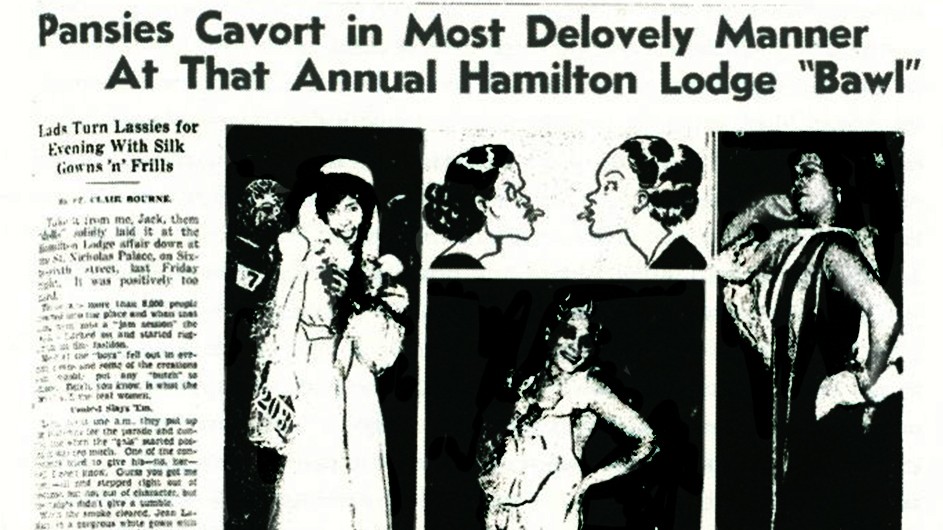After I published Gay New York I met a gentleman who grew up in Harlem whose parents would dress up to go to what they called the “faggots’ ball,” and come home and talk about how fine this one looked, and how wonderful it was. He said, "My mother was a very ladylike lady. She was a very prominent woman in Harlem society. This is just something you did." That just would not have happened in the mainstream of white society in the same way, and certainly never in those numbers.
In many ways, I think of those drag balls as analogous to the pride marches of today. They were the one moment every year when almost everyone came together. So much of gay life was constituted by discrete overlapping social networks, friendships circles, particular bars or other places where people went, and nowadays clubs, political organizations, choruses, softball teams, the whole works. But the balls in the 1920s and the marches today provide a moment when the community, as it were, stands up and represents itself to the world and to itself, and people see their numbers.

